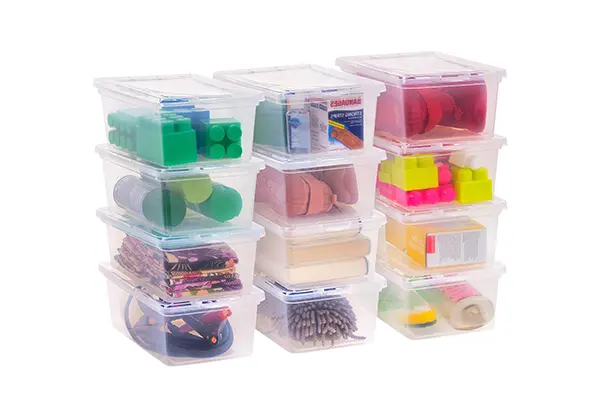Plastic Fantastic, But Microwave Safe? A Guide to Heating with Caution
Picture this: you’ve whipped up a delicious leftover, ready for a quick zap in the microwave. But wait! Is that handy plastic container safe for high-heat action? Fear not, fellow foodies, for this guide will illuminate the murky world of microwaving plastic and help you navigate the “heat or no heat” debate.
Decoding the Plastic Puzzle: Friend or Foe in the Microwave?
Not all plastics are created equal, especially when it comes to microwave compatibility. Here’s the lowdown:
The Safe Squad:
- Look for the label: The golden rule – always check the label for the microwave-safe symbol. It’s your ultimate safety badge.
- Know your numbers: Specific plastic types, like Polypropylene (PP) and High-Density Polyethylene (HDPE), are generally considered microwave-safe. Numbers 2 and 5 on the recycling symbol are your friends here.
- Temperature matters: Even microwave-safe plastics have limits. Avoid overheating, as it can lead to warping, leaching chemicals, and even potential fire hazards.
The No-Go Crew:
- Bye-bye, BPA: Avoid plastics containing Bisphenol-A (BPA), as it can leach into food, especially at high temperatures. Steer clear of plastics marked with number 7 on the recycling symbol.
- Thin is not in: Flimsy plastic containers are more prone to melting or warping in the microwave. Opt for thicker, sturdier options for safer heating.
- Cracks tell tales: Damaged or cracked plastic is a no-go. These imperfections can create hotspots and increase the risk of leaching or breakage.
Beyond the Label: Heating Habits for the Savvy Chef
Even with a microwave-safe label, smart practices are key:
- Partial power is your friend: Use lower power settings and shorter heating times to minimize heat exposure.
- Let it breathe: Don’t seal containers airtight while microwaving. Leave the lid slightly ajar to release steam and prevent pressure build-up.
- Transfer is key: Once heated, transfer food to another dish for consumption. This helps prevent prolonged heat exposure to the plastic.
Remember: When in doubt, err on the side of caution. Opt for glass, ceramic, or microwave-safe silicone containers for ultimate peace of mind.
The Verdict: Plastic, Microwave, and You
So, can plastic boxes be microwaved? The answer, like most things in life, is “it depends.” By understanding the different types of plastic, checking labels diligently, and following safe heating practices, you can make informed choices and enjoy the convenience of microwaving without compromising safety.
Bonus Tip: Invest in a few high-quality, microwave-safe glass or ceramic containers for regular use. They’ll be your trusty companions in the kitchen, offering peace of mind and lasting durability.
FAQ:
Q: What if I accidentally microwaved a non-microwave-safe plastic container?
A: Don’t panic! If the container appears undamaged and the food doesn’t smell or taste strange, it’s likely okay. However, avoid using that container again for microwaving. Discard it and opt for a microwave-safe alternative for future use.
Remember, food safety is paramount. By following these guidelines and making smart choices, you can harness the power of plastic storage while ensuring your meals are heated safely and deliciously. Now, go forth and conquer your kitchen with confidence!
Post time: 02-01-2024




